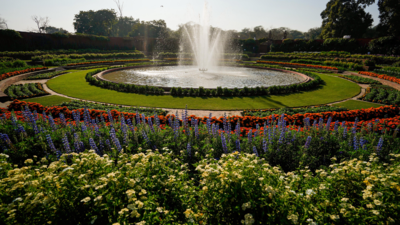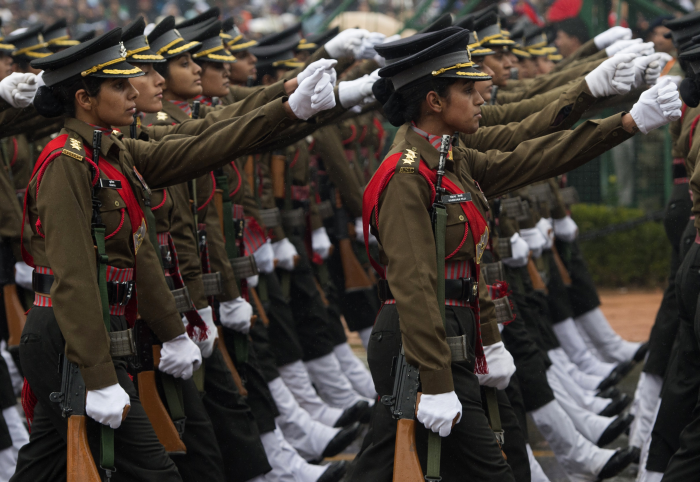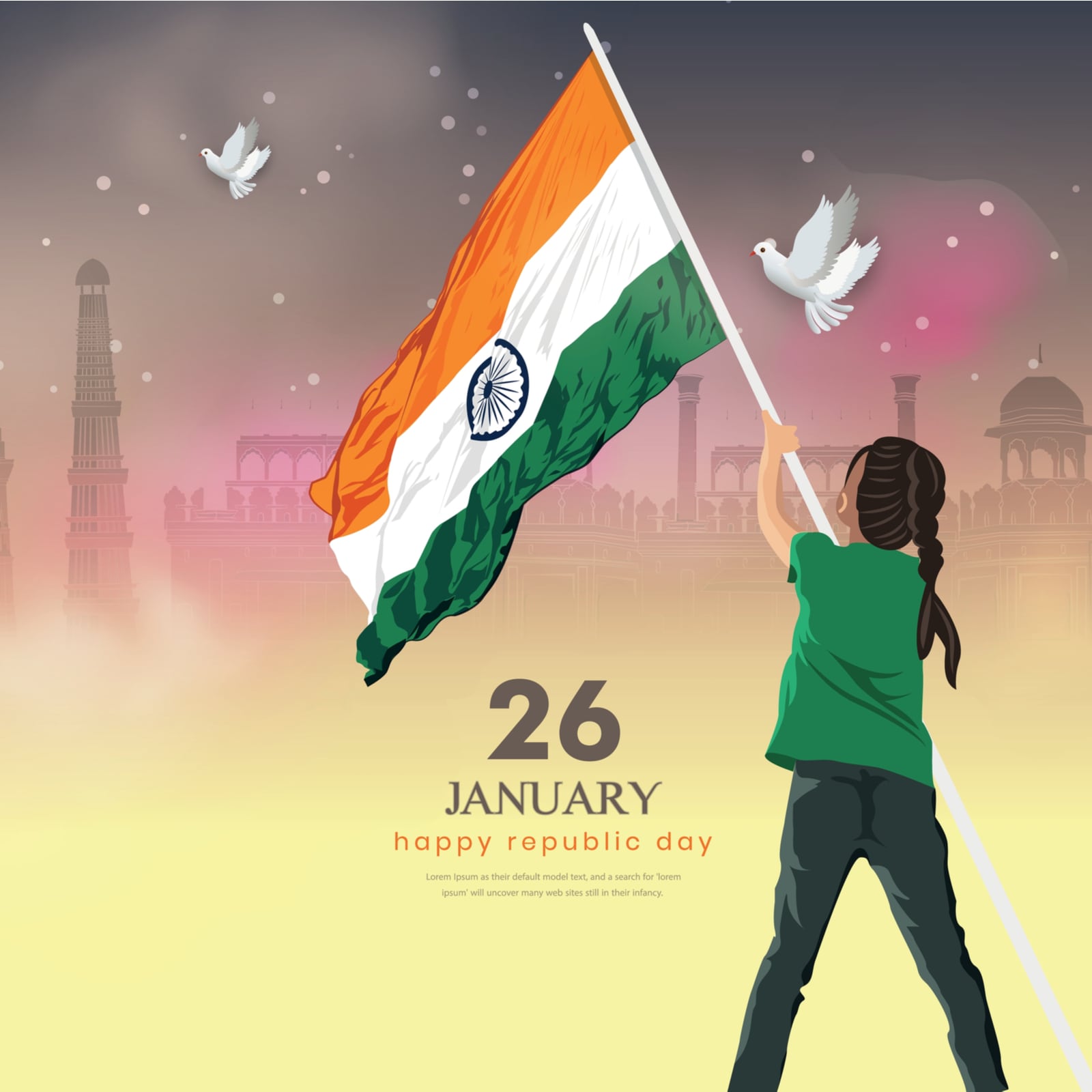The 32-page National IPR Policy was released in May 2016 by the Ministry of Commerce’s then-Department of Industrial Policy and Promotion (now known as the Department for Promotion of Industry and Internal Trade). The overall goal of this document was to lay out the government’s comprehensive vision for the country’s IPR ecosystem in order to shape a more innovative and creative Bharat.
What is a Patent?
A patent is a set of exclusive rights granted for an invention, which could be a product or process that offers a new way of doing something or a new technical solution to a problem.
Know the basics: Intellectual Property rights (IPR)
- IPR refers to the legal rights that prevent others from using or copying an individual’s or company’s creations and inventions (such as inventions, literature, music, and symbols) without permission.
- Patents, copyright, and trademarks, for example, are legal mechanisms that allow people to gain recognition or financial benefit from what they invent or create.
- The IP system aims to foster an environment in which creativity and innovation can flourish by striking the right balance between the interests of innovators and the larger public interest.
Three major goals of the National IPR Policy Document
- IPR laws that are strong and effective: The goal of the Legal and Legislative Framework was to have strong and effective IPR laws that balance the interests of right holders with the larger public interest.
- Modernize and strengthen intellectual property administration: The goal of Administration and Management was to modernise and strengthen service-oriented IPR administration; and
- Enhancing the adjudicatory mechanism: The emphasis in Enforcement and Adjudication was on strengthening the enforcement and adjudicatory mechanisms for combating IPR infringements.
So far, changes in the IPR ecosystem
- Changes in structure and legislation: The IPR ecosystem in this country has undergone structural and legislative changes over the last six years.
- Intellectual Property Appellate Board (IPAB): As part of tribunal reforms, the IPAB was dissolved in April 2021, and its jurisdiction was re-transferred to high courts.
- Dedicated IP Division: This was followed by the Delhi High Court, arguably the country’s leading court on the IPR front, establishing dedicated IP benches in the IP Division to expedite the resolution of IPR disputes.
- IP friendly environment: Such measures, one assumes, are intended to convey to investors and innovators that Bharat is an IP-savvy, if not IP-friendly, jurisdiction that does not jeopardise national interests or public health commitments.
- For example, the same National IPR Policy expressly recognises the Indian pharmaceutical sector’s contribution to enabling global access to affordable medicines and its transformation into the world’s pharmacy, among other things.
What are the concerns?
- Patent-friendliness, rather than patentee-friendliness: It appears that the country’s patent establishment has sent a very different message, going on a patent-friendliness, rather than patentee-friendliness, rampage in the pharmaceutical sector, at the expense of public health and national interest.
- Evergreening of critical drug patents: The Indian Patent Office continues to grant pharmaceutical innovator companies evergreening patents on drugs used to treat diabetes, cancer, cardiovascular disease, and other serious conditions.
- Compliance at the expense of statutory rights: Worse, they are routinely enforced through the courts, at the expense of generic manufacturers’ statutory rights and to the detriment of patients.
- Unavailability of affordable medications: The delayed introduction of generic versions of off-patent drugs has a negative impact on the availability of affordable medicines to patients in a lower middle-income country like Bharat, where most middle-class families and below are only a hospital visit away from having to dip into their hard-earned savings.
Way ahead
- It is critical to understand that IP legislation, such as the Patents Act, does not exist solely to benefit IP right holders.
- The patent bargain is a scenario in which society is expected to benefit from dynamic innovation-based competition among market participants.
- The Patents Act clearly defines four stakeholders: society, government, patentees, and their competitors.
- Under the statute, each of these stakeholders has rights, making them all right owners.
- To interpret, apply, and enforce the Act solely for the benefit of patentees, particularly evergreening patentees, is to abridge and diminish the legitimate rights of other stakeholders, resulting in suboptimal and, at worst, anti-competitive market outcomes.
@the end
It is one thing to believe, understandably, that Bharat needs to add layers to its IPR ecosystem in order to attract investment. It is quite another thing to equate IPR-sensitivity with a pro-patentee stance at the expense of public health obligations and long-term national interest. Make in India must be reconciled with Atmanirbhar Bharat, and in the event of a conflict, the latter must prevail in order for Bharat to retain its position as the world’s pharmacy.
Source: https://ipindia.gov.in/writereaddata/Portal/Images/pdf/2016-_National_IPR_Policy-2016__English_and_Hindi.pdf








.jpg)
